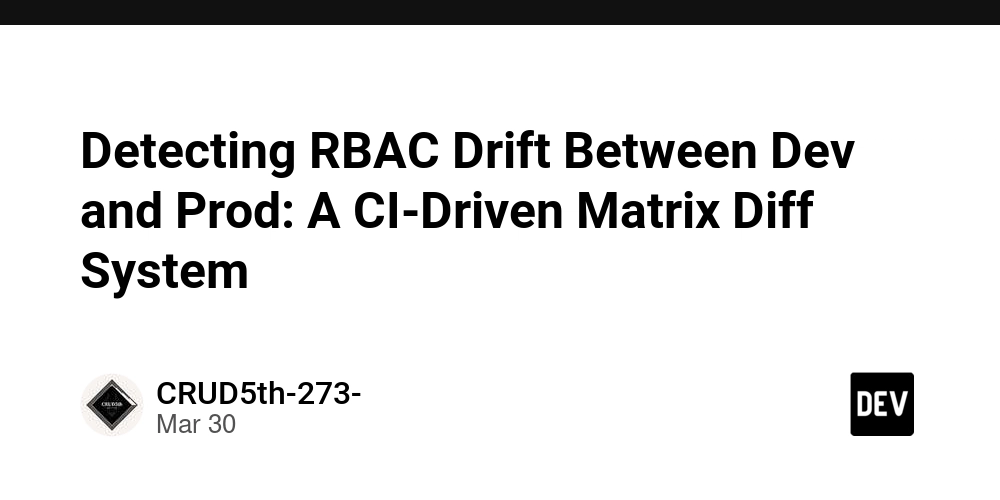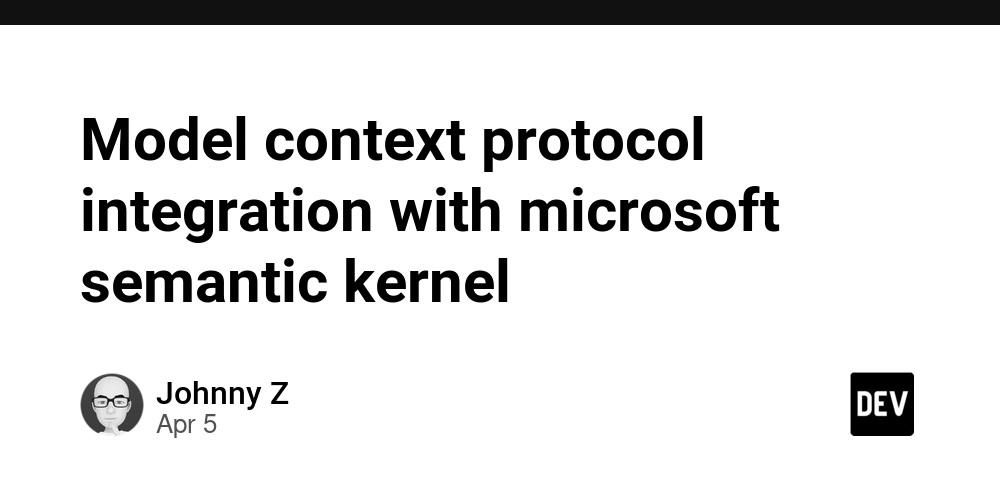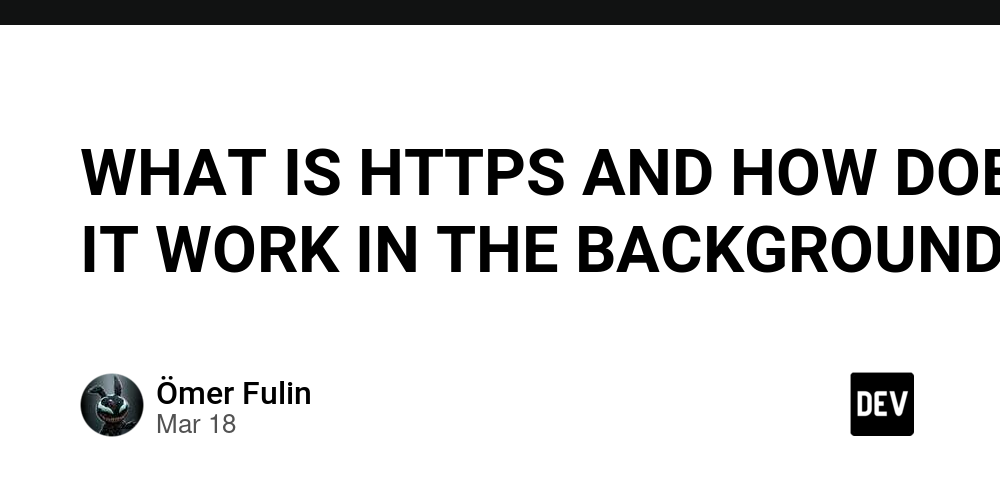Detecting RBAC Drift Between Dev and Prod: A CI-Driven Matrix Diff System
You push to staging. It works. You deploy to prod. And suddenly, users can write to audit_logs. The problem? RBAC drift between environments — subtle, silent, and security-critical. This guide walks through detecting RBAC differences between dev and prod Hasura metadata by comparing generated Role × Field matrices. 1. Assumptions You export Hasura metadata from both environments: hasura metadata export --endpoint https://dev-api.example.com --output metadata-dev/ hasura metadata export --endpoint https://prod-api.example.com --output metadata-prod/ You have a matrix generator like rbac-matrix.js (see previous article) that produces: rbac-dev.csv rbac-prod.csv 2. Diff Goals We want to detect: ✅ Added/removed access ✅ Role gaining new permissions ✅ Field-level permission divergence ✅ Action type mismatches (e.g. SELECT allowed in dev, denied in prod) 3. Matrix Normalization Ensure both rbac-dev.csv and rbac-prod.csv are: Sorted by Role, Table, Field Have the same headers: Role,Table,Field,SELECT,INSERT,UPDATE,DELETE 4. Diff Script (TypeScript / Node.js) import fs from 'fs'; import { parse } from 'csv-parse/sync'; const dev = parse(fs.readFileSync('rbac-dev.csv'), { columns: true }); const prod = parse(fs.readFileSync('rbac-prod.csv'), { columns: true }); const key = (row: any) => `${row.Role}::${row.Table}::${row.Field}`; const mapDev = new Map(dev.map(row => [key(row), row])); const mapProd = new Map(prod.map(row => [key(row), row])); const allKeys = new Set([...mapDev.keys(), ...mapProd.keys()]); for (const k of allKeys) { const d = mapDev.get(k); const p = mapProd.get(k); if (!d) { console.log(`

You push to staging. It works.
You deploy to prod. And suddenly, users can write to audit_logs.
The problem?
RBAC drift between environments — subtle, silent, and security-critical.
This guide walks through detecting RBAC differences between dev and prod Hasura metadata by comparing generated Role × Field matrices.
1. Assumptions
- You export Hasura metadata from both environments:
hasura metadata export --endpoint https://dev-api.example.com --output metadata-dev/
hasura metadata export --endpoint https://prod-api.example.com --output metadata-prod/
- You have a matrix generator like
rbac-matrix.js(see previous article) that produces:rbac-dev.csvrbac-prod.csv
2. Diff Goals
We want to detect:
✅ Added/removed access
✅ Role gaining new permissions
✅ Field-level permission divergence
✅ Action type mismatches (e.g. SELECT allowed in dev, denied in prod)
3. Matrix Normalization
Ensure both rbac-dev.csv and rbac-prod.csv are:
- Sorted by
Role, Table, Field - Have the same headers:
Role,Table,Field,SELECT,INSERT,UPDATE,DELETE
4. Diff Script (TypeScript / Node.js)
import fs from 'fs';
import { parse } from 'csv-parse/sync';
const dev = parse(fs.readFileSync('rbac-dev.csv'), { columns: true });
const prod = parse(fs.readFileSync('rbac-prod.csv'), { columns: true });
const key = (row: any) => `${row.Role}::${row.Table}::${row.Field}`;
const mapDev = new Map(dev.map(row => [key(row), row]));
const mapProd = new Map(prod.map(row => [key(row), row]));
const allKeys = new Set([...mapDev.keys(), ...mapProd.keys()]);
for (const k of allKeys) {
const d = mapDev.get(k);
const p = mapProd.get(k);
if (!d) {
console.log(` 









































































